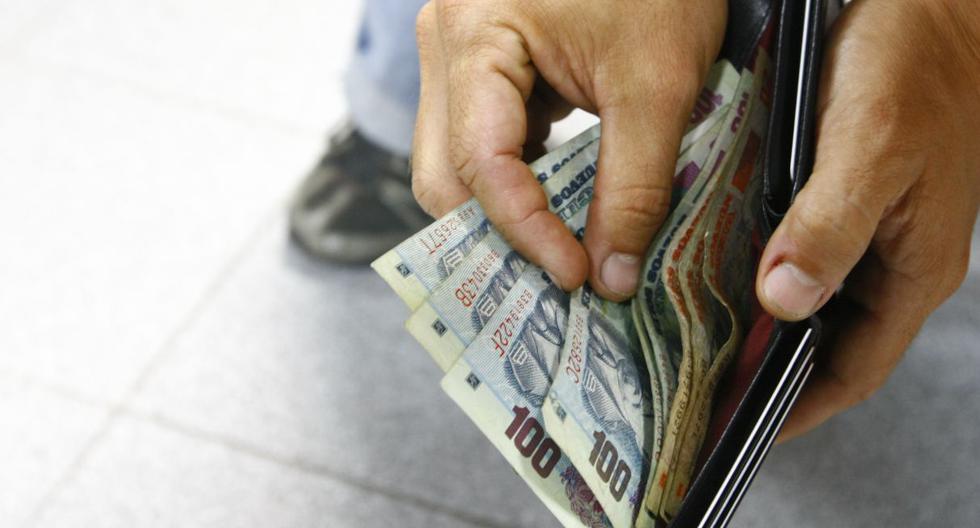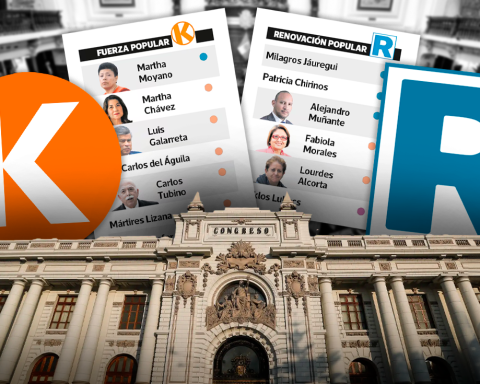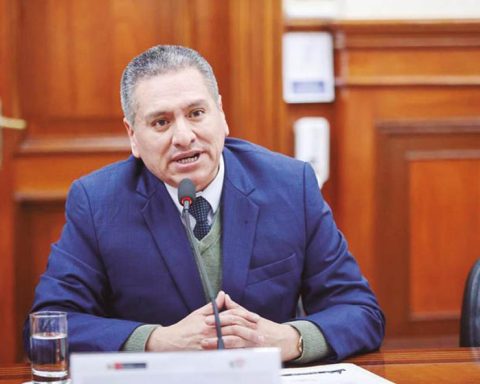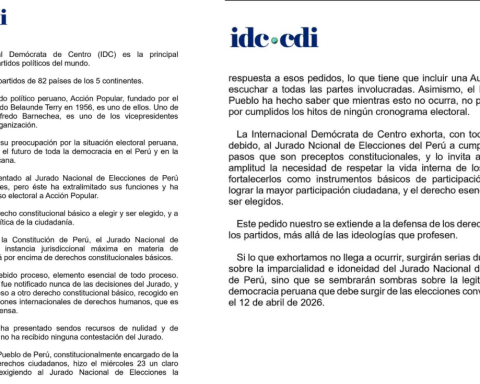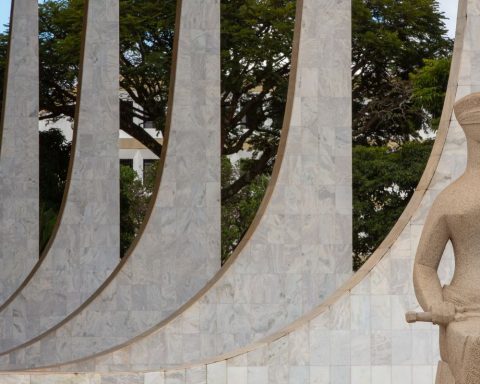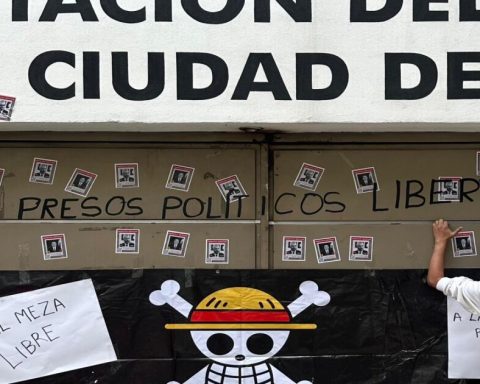The Executive Power determined the increase of the Minimum Vital Remuneration (RMV) from S/930 to S/1,025 after it remained unchanged since 2018.
According to the Supreme Decree No. 003-2022-TRpublished this Sunday in the Bulletin of Legal Norms, The measure will become effective as of May 1 and it is estimated that it will benefit more than 1.4 million workers in the private sector who currently have a salary lower than the new established amount and who represent 30% of their workforce, according to information from the electronic payroll.
It should be noted that this increase is due to the constitutional right of workers to have sufficient remuneration to ensure well-being and is framed in criteria worked out within the National Council for Labor and Employment Promotion (CNTPE) in 2007.
SIGHT: Minimum wage hike: the debate that comes at the worst time
Based on official information provided by the National Institute of Statistics and Informatics (INEI) for 2021, the Ministry of Labor and Employment Promotion (MTPE) analyzed these four criteria (growth rate of GDP, open unemployment, labor informality and ratio between the RMV and the average remuneration) and did not find alerts, considering then a favorable economic context for the increase in the minimum wage.
Likewise, also within the framework of the CNTPE of that year, it had been agreed that the amount of the RMV would be determined based on two variables: underlying inflation and total factor productivity.
CRITERIA WORKED TOGETHER
The criteria to establish the increase to S/95 with respect to the amount still in force of S/930, were worked on jointly by professional technicians from the MTPE, the Ministry of Economy and Finance (MEF) and the INEI.
During the last four years, Peru was one of the few countries in the region that did not increase the RMV, unlike others that did, even in times of pandemic.
